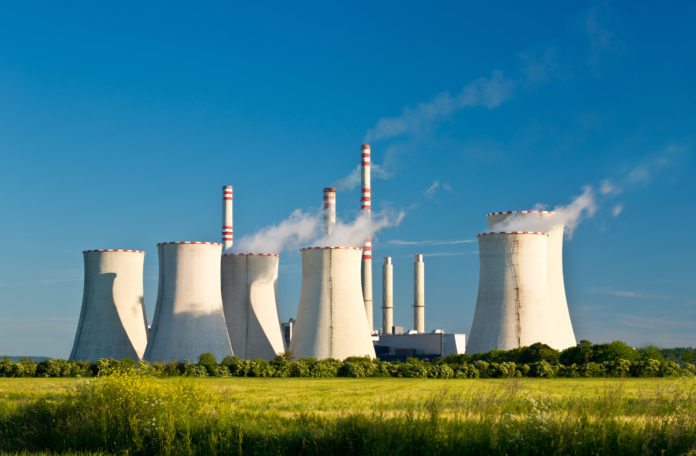Global warming is no longer a threat; it is a clear and present danger. Emission of greenhouse gases such as CO2 is one of the biggest concerns of the modern, industrial world. Over the past few years, despite a number of discussions, bans, treaties, and other steps taken, minimizing CO2 emissions is still a huge challenge. The situation has worsened to the point where merely reducing CO2 emissions isn’t enough—we need to have negative emissions, meaning we need to eliminate more existing CO2 from the air. And we need drastic measures for that.
How to Do it?
It surely sounds difficult to wrap our head around it. Releasing CO2 is easy, but how can you remove CO2 that’s already released in the atmosphere? Well, achieving negative emissions isn’t rocket science. The trick is to capture CO2 from the atmosphere and lock it underground in the form of carbonates. Underground, CO2 can remain safely locked for hundreds of thousands of years. All of you need is basalt layers, which are common throughout the world, to keep CO2 locked.
Climeworks and Reykjavik Energy have just shown us how to do it and are running a power plant that uses this technology. Their power plant, based in Hellsheidi, Iceland, grabs a higher amount of CO2 than it releases from the atmosphere. It then sends the captured CO2 underground where it takes the form of carbonates, which are totally environmentally safe.
That sounds incredible for the environment, but that’s where the good part ends. As with everything good, it comes at a price. Let’s take a look at some of the challenges.
The Challenge of Negative Emissions
The first challenge is obviously the financials involved. The technology isn’t too costly, but the process is. The earlier versions of the technology usually cost several hundred dollars to remove a metric ton of existing CO2. Even after considerably improving the efficiency of the process, it still takes around $100 per metric ton. To make a noticeable difference on a global scale, that translates into billions of dollars. Not many countries around the world would be enthusiastic about spending such a large amount of their budget on environmental causes. The countries must have an unwavering commitment to climate accords as well as a deep respect for nature. Scaling the technology to have the facility all over the globe is again a big challenge.
The Way Forward
Clearly, the onus lies with the big countries, which over the years have abused the environment unabashedly. They must lead to show that we can still make a difference by not only cutting down CO2 emissions but eliminating the existing CO2 as well. With the increased adoption of the technology, the costs would come down automatically. In addition, with real examples before them, even relatively less well-off countries will move towards the same initiative. And, all this, hopefully, will make our Earth a greener, more hospitable planet once again.


















